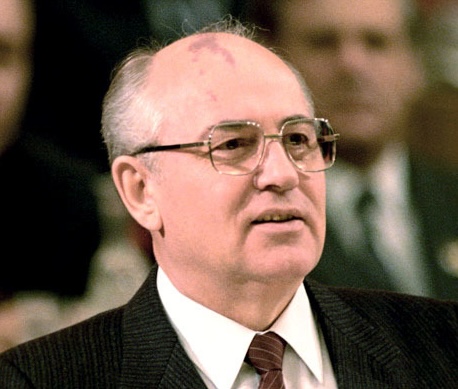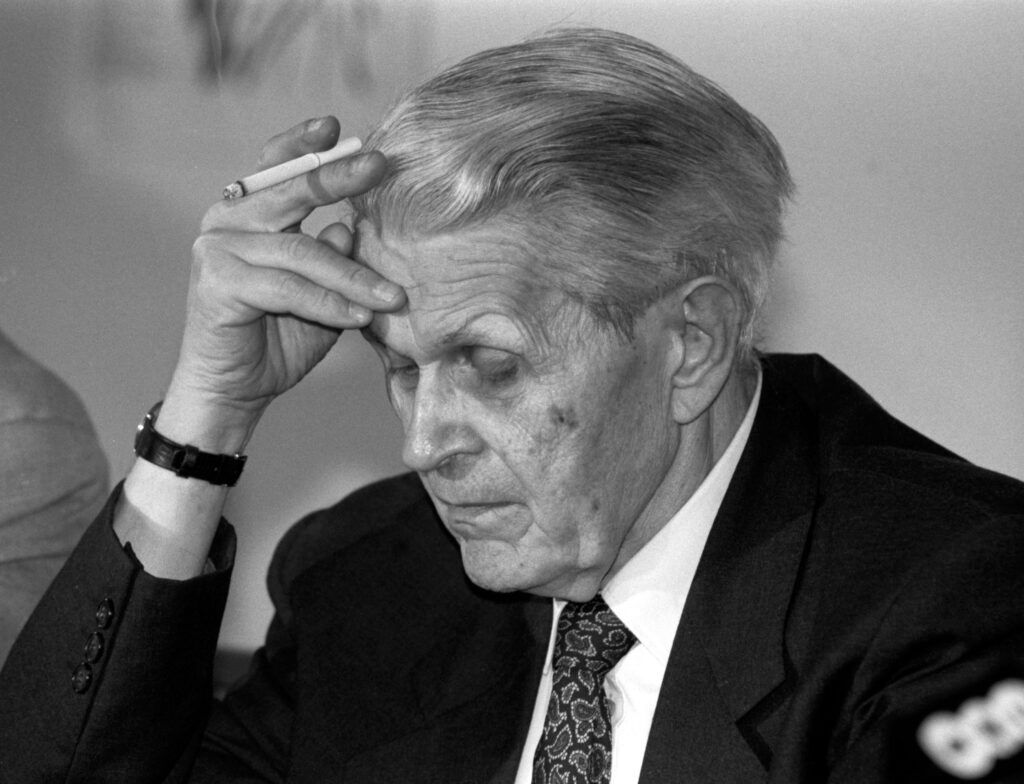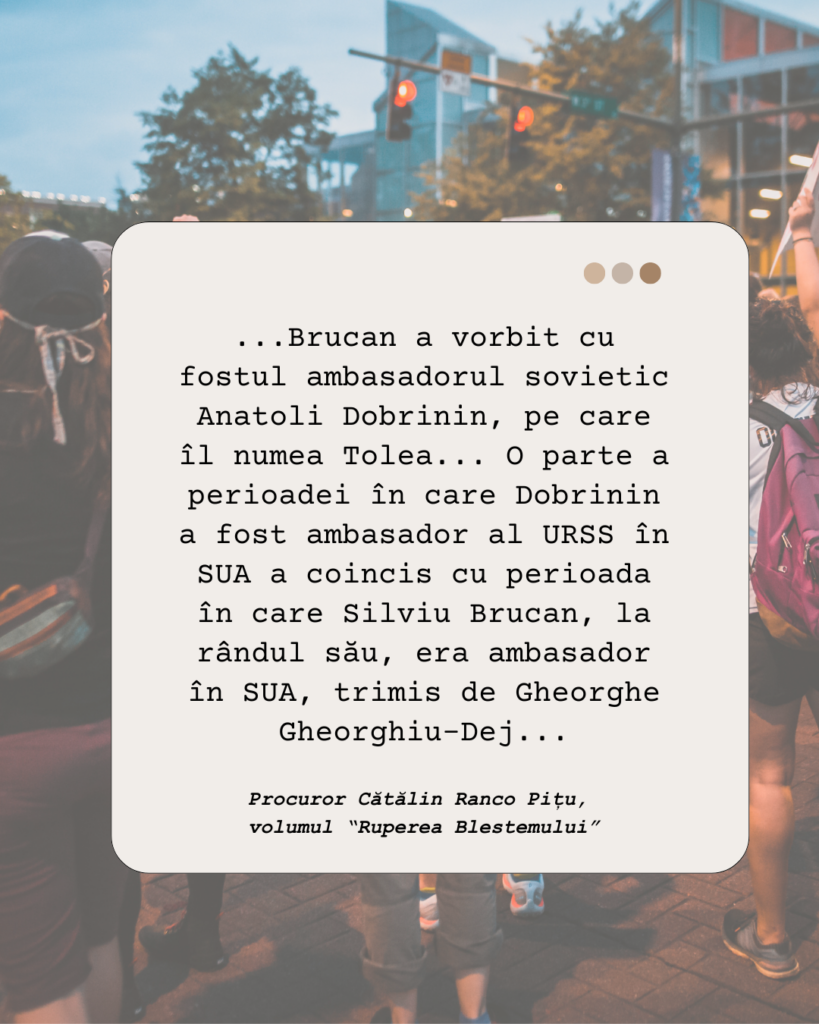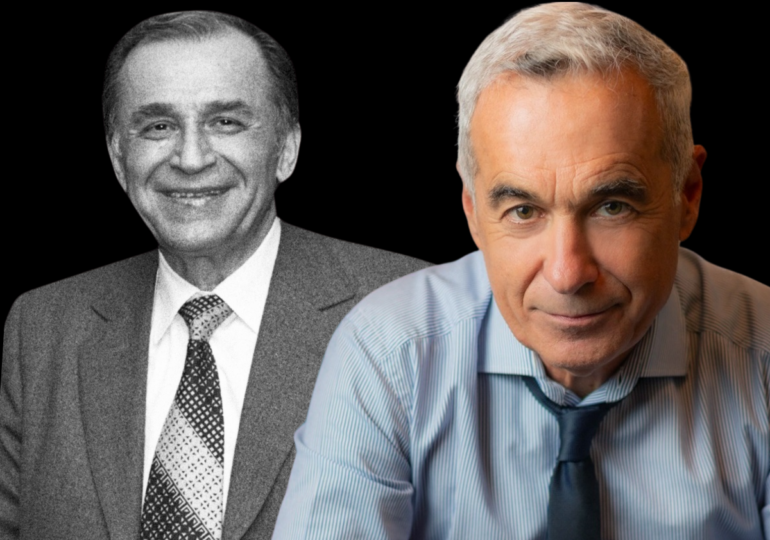Shortly after taking power in the complex and violent days at the end of December 1989, Ion Iliescu saw his position threatened by the street movements that did not cease, even though he created a real „terrorists’ psychosis.”
The rapid resurgence of historical parties, student protests, and the fact that during the days of the revolution there were cries of „Down with communism!” represented threats to the plan imagined by Mikhail Gorbachev, the liberal leader from Moscow, to reform the countries of the Eastern Bloc while somehow remaining within the sphere of influence of the Kremlin.
The political fate of Iliescu, a communist leader with studies in Moscow, who was part of a secret movement to remove Ceaușescu in the ’80s, was in danger, with Romania potentially moving away rapidly from the USSR.
To reverse the course of events, it was necessary for powerful forces to be involved to obstruct the change. The Kremlin came up with solutions.

"Ion Iliescu is the one who appointed General Militaru as Minister of Defense. The two had known each other for a long time, being the leaders of the conspiratorial group, and on December 23, 1989, they implemented the group's intended objective: Iliescu, head of state, Nicolae Militaru, Minister of Defense," writes prosecutor Cătălin Ranco Pițu in the book "Breaking the Curse," being involved in the investigation into the events of 1989.
According to the indictment of the prosecutors, there were foreign elements involved in triggering the protests in December 1989, but after Iliescu took power, the continuation and escalation of the violence were solely the responsibility of the new head of state and those around him.
We Work, We Don't Think
In 1990, to consolidate power, Iliescu needed a repressive force, as well as propaganda to transform himself from a conspirator into a savior.
The repressive force was found in the mines of Valea Jiului, infiltrated by Securitate agents and influencers after the 1977 strike. For propaganda, Ion Iliescu resorted to KGB techniques for controlling the press and television, as well as launching dozens of disinformation campaigns demonizing reform and Westernization attempts in the country.
Leaders of historical parties, such as Ion Rațiu, Corneliu Coposu, Radu Câmpeanu, were attacked. Moreover, through various campaigns, polarization in the country was encouraged, especially between "workers and intellectuals." For example, the slogan "We work, we don't think" was frequently heard on the streets of Bucharest in those days.

The support for Ion Iliescu from the early '90s is similar, in many respects, to the promotion of Călin Georgescu today.
The historical context is different, Romania is different, the world is different, but the strategy remains the same and can be found in the dusty manuals of the KGB, modernized over time along with the evolution of communication technology.
5 Similarities between the Campaign for Ion Iliescu and the One for Călin Georgescu:
- The miners of 1990 have been replaced by trolls on social networks;
- Then, as now, those behind Iliescu and Georgescu aimed to control as much of the means of communication as possible. In 1990, some newspapers were taken over. The market was flooded with cheap, scandalous publications promoting false information. The goal, then as now, was to bury true information, rational opinions, and factual reporting in piles of lies and ridicule, so that a significant portion of the public would not understand what was really happening.
- Creating a legend of the leader. "When Iliescu appears, the sun rises" was a slogan shouted at rallies attended by the one who had taken Ceaușescu's place. Just as today, around Georgescu, a kind of "magic" was built around the new leader, indirectly associating him with supernatural forces.
- Using dubious individuals to impose the leader's strategies, referring here to Voican Voiculescu or Dan Iosif, very similar to how Călin Georgescu used Horațiu Potra.
- Constant contact with the Russian Embassy in Bucharest, demonstrated in both Iliescu's case and in that of Călin Georgescu.
The Moscow Network
The above common points indicate that in both situations there was a strategy and a certain type of coordination with Moscow. The Kremlin's and Călin Georgescu's misfortune was that now the plot did not succeed due to the significant changes Romania has undergone in the last quarter of a century, its membership in the European Union and NATO.
Through the nature and intensity of the hybrid attack, Moscow's experts sought to impose Călin Georgescu, their action almost succeeding, but they did not anticipate the extreme reaction in Romania and the support it received from EU member states, who considered that the collapse of political systems in the region would pose a major threat to all of Europe.
"Ion Iliescu and the military decision-makers were not the only ones who participated in the great deception of December 1989. In Iliescu's entourage were several individuals who played key roles in the unfolding of events, with Gelu Voican Voiculescu and Silviu Brucan standing out," writes prosecutor Cătălin Ranco Pițu in his book.
The events of December, the decisions made by Ion Iliescu over the decade in which he controlled and shaped Romania's political destiny, created an infrastructure of information and relationships among those who gravitated around him, which the Kremlin's agents fully exploited in preparing and attempting to impose Călin Georgescu.

The latter, as demonstrated on numerous occasions, is a "man of the system," even today being aided and advised by individuals with ties to the secret services during the Ceaușescu era and beyond.
Significant Damage, but also an Opportunity
The Iliescu - Georgescu connection was established over time through similar means by Moscow in an attempt to bring Romania back into the Kremlin's sphere of influence.
At this moment, it is difficult to say to what extent they succeeded. The Georgescu operation caused significant damage to Romania's institutions, political and constitutional system. Rebuilding institutional trust, both domestically and internationally, will take time and will not be an easy process.
One thing, however, is important - the Georgescu operation did not succeed, and both the Romanian and European public were able to witness, in all its splendor, the unfolding of Russia's most extensive and sophisticated action, aiming to change a democratic regime in a country that is a member of the European Union and NATO with one under Kremlin control. Which is no small feat.

